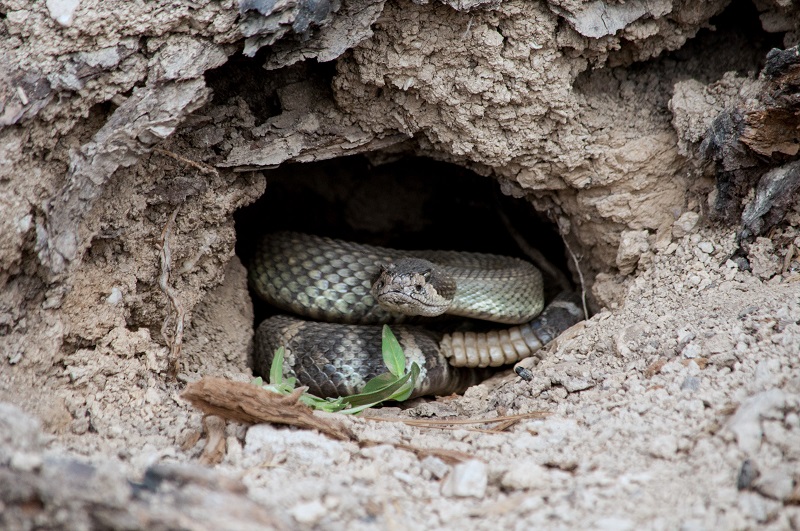July 16th is World Snake Day! Snakes (AKA danger noodles) shouldn't cause alarm. Usually it's humans which do them harm. When they see us they want to run away...or noodle along their own way. These elegant reptiles with elongated bodies are often misunderstood and underappreciated, and out in the wild, they are threatened by habitat loss, climate change, and disease.
The CNDDB is currently actively working on mapping southern rubber boa (Charina umbratica) since they are under review to be listed under the federal Endangered Species Act. Other snake species that are at the top of our minds include the giant gartersnake (Thamnophis gigas), which is negatively impacted by the recent droughts in California, and the south coast gartersnake (Thamnophis sirtalis pop. 1), which has some taxonomic uncertainties that could use further research and are likely in decline due to loss of habitat in Southern California.
How can you help these lovely creatures? The CNDDB currently tracks the following 16 snakes:
- Southern rubber boa (Charina umbratica), State Threatened, US Forest Service Sensitive Species
- California glossy snake (Arizona elegans occidentalis), Species of Special Concern*
- San Bernardino ringneck snake (Diadophis punctatus modestus), US Forest Service Sensitive Species
- Regal ringneck snake (Diadophis punctatus regalis), Species of Special Concern
- San Diego ringneck snake (Diadophis punctatus similis), US Forest Service Sensitive Species
- San Joaquin coachwhip (Masticophis flagellum ruddocki), Species of Special Concern
- Baja California coachwhip (Masticophis flagellum fuliginosus), Species of Special Concern
- Alameda whipsnake (Masticophis lateralis euryxanthus), State Threatened, Federally Threatened
- Santa Cruz Island gophersnake (Pituophis catenifer pumilus)
- Coast patch-nosed snake (Salvadora hexalepis virgultea), Species of Special Concern
- Giant gartersnake (Thamnophis gigas), State Threatened, Federally Threatened
- Two-striped gartersnake (Thamnophis hammondii), Species of Special Concern, US Forest Service Sensitive Species
- Santa Catalina gartersnake (Thamnophis hammondii pop. 1)
- South coast gartersnake (Thamnophis sirtalis pop. 1), Species of Special Concern
- San Francisco gartersnake (Thamnophis sirtalis tetrataenia), State Endangered, Federally Endangered, Fully Protected
- Red-diamond rattlesnake (Crotalus ruber), Species of Special Concern, US Forest Service Sensitive Species
*See our previous blog post on accessing information regarding species listed as Species of Special Concern.
If you know someone who has data on any of these snakes, send them our way! If you have found these snakes, submit your observations through our Online Field Survey Form. Together, we can help fill in knowledge gaps to better represent these species and assist with conservation.

CNDDB's own Ryan Elliott recently photographed this beautiful rattler after his kids named her Vivian the Viper and scared her into a hole. Ryan tried encouraging Vivian to emerge, explaining that the kids are basically harmless, but she was having none of it!